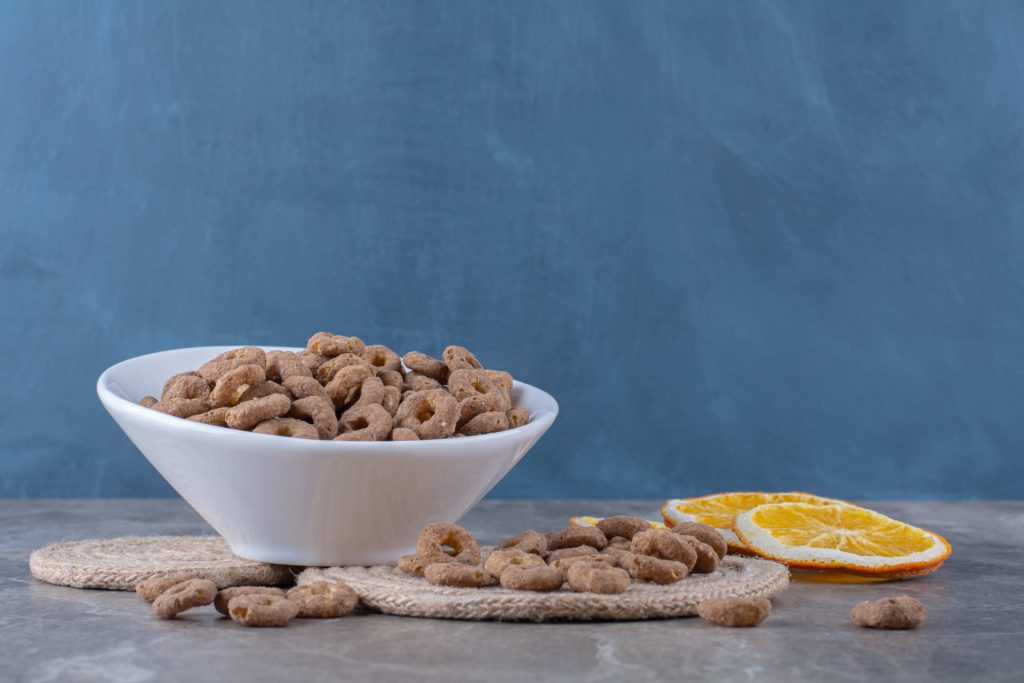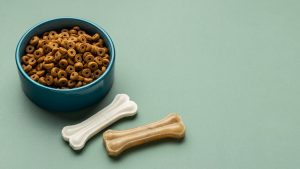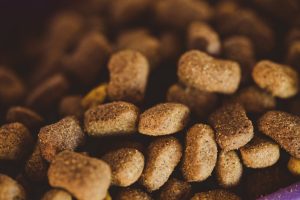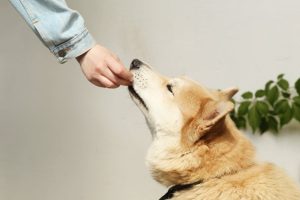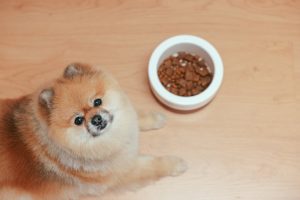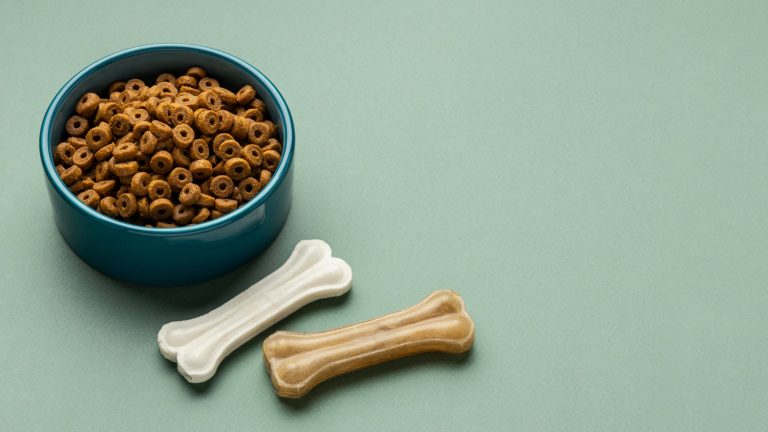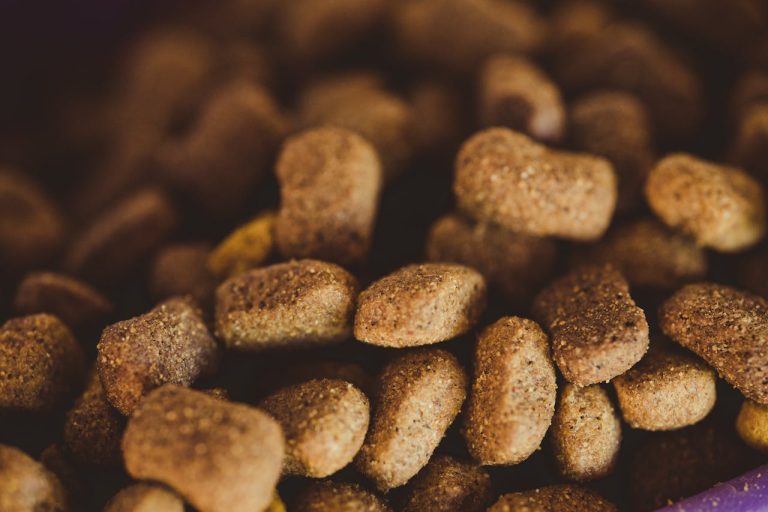In this article, we are going to discuss about the best cat food for indoor cats. Cats are our most beloved pets. They have an exceptional place in our lives. Besides taking care of their overall wellness, picking the right indoor cat food will help your pets in their well-being and total joy. The main course of this post is the most suitable foods, so you will have the knowledge of proper eating habits and tricks to make your indoor cat always be in good health.

Why Indoor Cats Need Special Diets
An indoor cat is completely different from a cat that lives in the barn and enjoys a different way of life. In comparison, the outdoor cats are more active and the indoor cats are less active, which causes problems such as obesity, digestive problems, or even anxiety. Hence, the pet food should certainly be part of your solution package.
The Advantages of Indoor Cat Food with Specialized Ingredients
- It assists in weight loss and prevention of obesity.
- Lowers the production of hairballs
- Boosts urinary tract health
- Cats who are inactive, give them the nutrition that they need without the harshness
Best Cat Food For Indoor Cats: How do I know which cat food is best?
Potentially what makes it so tough is that there exist a lot of brands competing in the marketplace. These are the main substances and the basic combination of elements you should always be focused on while choosing the best cat food for indoor cats:
1. High-Quality Protein Sources
Cats are meat eaters by nature, and they must have animal-based proteins to live and grow. Search for cat foods that have meat like chicken, turkey, or salmon as the first ingredient. Protein is especially important for indoor cats who may not be as active. It aids in maintaining muscle mass and energy levels.
2. Moderate Fat Content
Fats are required for the skin and coat of the diets of cats but on the other side, the indoor cats are at risk of becoming overweight. However, a diet with moderate fat (10%-15%) will be more appropriate than eating foods with high levels of fat (15%-20%) to prevent getting obese.
3. Fiber for Digestive Health
Hairballs are a problem for indoor cats because they lick themselves more often. If you give cats high-fiber foods they will not only help with the digestion process but also allow the cat’s hair to pass through the intestines because the fiber gives bulk to the food. Such components as beet pulp, brown rice, and pumpkin have the fiber content that you want in natural products.
4. Low carbohydrate
Carbohydrates are not supposed to be an integral part of the cat’s diet. Some cat food products on the market use cheap fillers such as corn, wheat, or soy, which can irritate the cat’s digestive system or even cause allergic reactions. When it’s possible, choose options without grains.
5. Essential Vitamins and Minerals
To consider these vitamins, the cat has a choice of vitamin A, a main antioxidant, tocopherol, a component that maintains heart health and fatty acids, a component for the skin and hair growth sheltering, and other additives.
Top 5 Best cat food for indoor cats
There is a list below of our top picks for you to help your pet cat stay indoors, obeying a balanced diet, bringing good taste along with good value:
1. Hill’s Science Diet Adult Indoor Cat Food

- Key Features: The chief ingredient is a chicken, which has a high protein content, a moderate amount of fat, and added fiber that helps in the management of hairballs.
- Why It’s Great: Designed particularly for the lazy pets, with the main emphasis on weight management.
2. Blue Buffalo Indoor Health Cat Food

- Key Features: Chicken with no bones, brown rice, other fruits, and vegetables.
- Why It’s Great: This includes LifeSource Bits, which is a combination of antioxidants, minerals, and vitamins. The presence of natural fibers in the system allows hairball management.
3. Purina ONE Indoor Advantage Adult Dry Cat Food

- Key Features: The main product is turkey meat, which is fat-free and also contains rich vitamins and minerals.
- Why It’s Great: Cats are not grown outdoors; therefore, fewer nutritious offers low prices and helping those indoor animals stay thin without excessive shedding.
4. Royal Canin Indoor Adult Dry Cat Food

- Key Features: Especially designed for indoor cats, this product aims at reducing stool odor and supporting cat’s digestive health.
- Why It’s Great: The method, which is mainly characterized by the sophisticated means of approach is known for this. It includes highly digestible proteins and fibers respectfully.
5. Wellness Core Grain-Free Indoor Formula

- Key Features: Rich in protein, grain-free, and also with probiotics and fiber.
- Why It’s Great: Best for pet owners whose primary concern is to seek a high-protein, low-carb, and no artificial preservatives option.
Homemade Cat Food Recipes for Indoor Cats
For owners who would like to go through a DIY process, homemade cat food can be a healthy option if it is done properly. Here is a basic recipe below:
Chicken & Pumpkin Recipe
Ingredients:
- It has a cup of boiled and shredded chicken breast in it.
- One spoon of the cooked, pureed pumpkin
- One teaspoon of fish oil (for omega fatty acids)
- A little bit of calcium supplement. (You must really ask your vet first)
Instructions:
- Put all the ingredients in a bowl and blend them carefully.
- Serve fresh, or keep in an airtight container in the refrigerator for up to 3 days.
Note: Even though it’s a homemade meal you should create a well-balanced nutrient plan that satisfies the cat’s needs and also concern with your veterinarian, who can help you.
Tips for Transitioning to New Cat Food

Start very slowly when you are trying to implement a new change in a cat’s diet, the safest way of doing this by little by little food introduction. It is because the extreme, sudden diet change may upset the digestive system.
Here is the step-by-step process below for how you can introduce a new food to your cat:
Start Slowly: Insert a quarter of the new food in your pet’s already existing diet by using the remaining 75% of the older food your pet has been used to.
Increase Gradually: In the course of a period of 7-10 days, gradually increase the amount of the new food and reduce the amount of old food as the time passes.
Monitor Your Cat: Watch out for any symptoms like diarrhea or vomiting, which might be an indication that your cat’s stomach is upset. If this happens, you just pause the process of alteration in nutrition.
Common Health Concerns for Indoor Cats
1. Obesity
Cats never manage themselves from weight gain and obesity due to lack of exercise, therefore they are so easy to indoor cats. Choose between food items with the labels stating that it is effective in weight loss or it is low calorie if your pet is overweight.
2. Urinary Tract Issues
There are some indoor cats which suffers from urinary tract problems because of water deprivation. For that, you can replace dry food with wet food, which will make your cat consume more water.
3. Anxiety and Stress
Outdoor cats occasionally feel the symptoms of boredom, stress, and anxiety when they are moved indoors. So you can try using some tools such as puzzle feeders and interactive games, as well as exercise, which will both engage the mind and the body and be used to motivate and amuse your cat.
Also read: Best Wet Cat Food: Top Choices for Your Cat
What is the healthiest cat food for my indoor cat?
The healthiest options for indoor cats are: Hill’s Science Diet Indoor, Royal Canin Indoor, Wellness Core Grain-Free, and Blue Buffalo Indoor Health.
Which cat food brand is best?
Top cat food brands are: Hill’s Science Diet, Royal Canin, Wellness, Blue Buffalo, and Purina Pro Plan.
Is whiskas good for cats?
Whiskas is well–known for its affordability, but its quality is not up to the mark because it contains fillers like grains.
What cat food is not recommended?
Avoid cat foods that contain:
1. High amounts of fillers (corn, wheat, soy).
2. Artificial additives (colors, flavors, preservatives).
3. Meat by-products (low-quality protein sources).
4. Excessive carbs (cats need protein, not grains).
5. Low moisture content (dry food may lead to dehydration).

